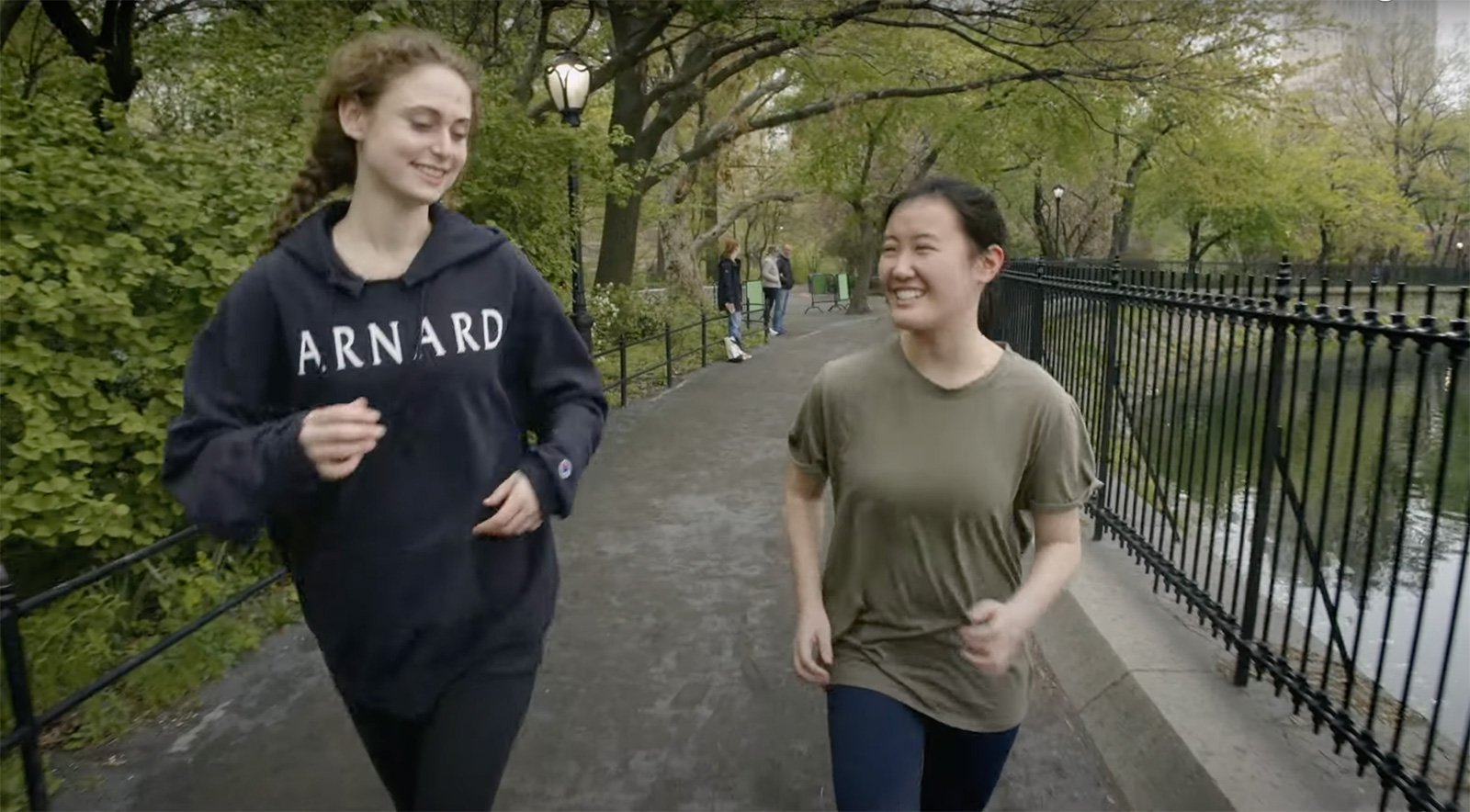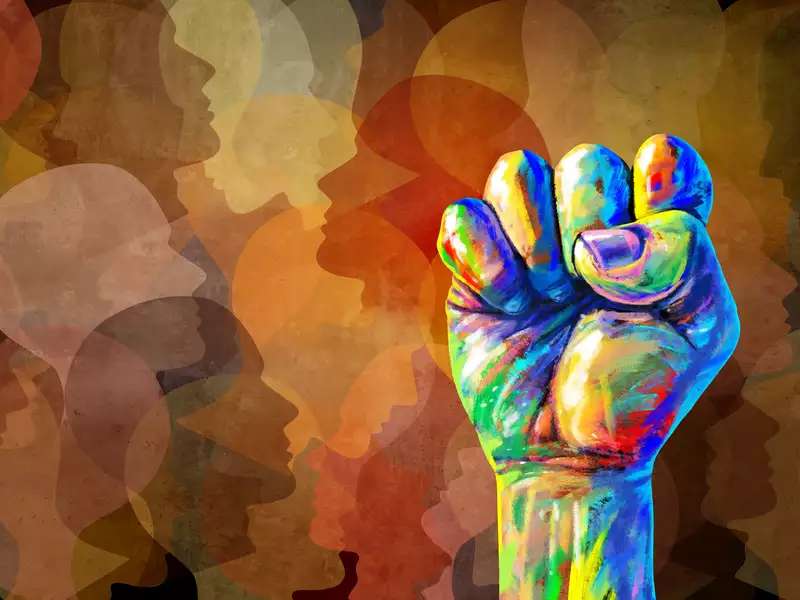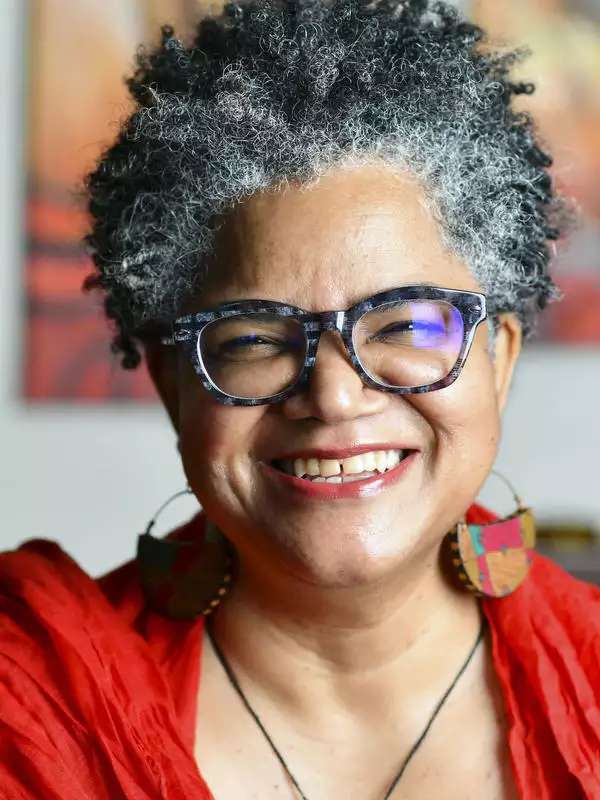On June 19, 1865, some two and a half years after the Emancipation Proclamation was signed, Union troops arrived in Galveston, Texas, and announced that all enslaved people were free. This date, known today as Juneteenth, has been designated to officially celebrate freedom for all who had been enslaved in the nation.
As Celia E. Naylor, professor of history and Africana studies, explained, “Beginning in 1866, Africans and African Americans in Texas created festive gatherings on June 19th to annually celebrate the end of slavery. Such events included family reunions, picnics, barbecues, parades, speeches, political rallies, baseball games, rodeos, street fairs, food festivals, literary readings, musical performances, and formal balls.”
Texas declared Juneteenth a state holiday in 1980, and 41 years later, in 2021, it was federally recognized. (Barnard College officially made it a campus-wide holiday in 2020.) Yet in spite of its origin story, Juneteenth is about much more than history; it is also a day of cultural celebration and remembrance.
“It is important to recognize Juneteenth not in isolation as a singular celebration of emancipation,” said Naylor. “Rather, it must be framed within the broader context of the intermingling and overlapping celebrations of emancipatory acts related to people of African descent in this country and in connection with other emancipation processes in the Americas.”
Keep reading to learn the historical significance behind the nation’s newest holiday and ways to honor the people and community for which it was created.
Read!
The complex history and meaning behind Juneteenth has been captured by these Barnard alumnae:
- Dub: Finding Ceremony, by Alexis Pauline Gumbs ’04. In this poetry collection, the author channels the voices of her ancestors.
- Slavery, Abolition, Emancipation, and Freedom, curated by Dorothy Berry ’92. A digital collection of materials relating to African American history and culture curated by the digital collections program manager for Harvard University’s Houghton Library.
For more reading, check out these suggestions from the staff of the Barnard Library and Academic Information Services (BLAIS).
Eat!
“Elaborate meals were, and still remain, an important centerpiece at Juneteenth celebrations, including customary red-colored items like red velvet cake, red beans, red kola nut, and strawberry soda,” said Naylor.
- Specifics of foods and food traditions can be found in the four-part Netflix miniseries High on the Hog: How African American Cuisine Transformed America, which goes to a Juneteenth barbecue in Texas.
- Eat the Culture, a website for Black culinary creators and entrepreneurs, offers the roundup “Juneteenth Joy: 19 Recipes to Fall in Love With."
Watch!
The 2020 film Miss Juneteenth — which the Sloate Media Center and Athena Film Festival screened that year — tells the story of a former beauty queen and mother (played by Nicole Beharie) as she prepares her rebellious teenage daughter for the “Miss Juneteenth” pageant, based on real-life, annual pageants that have taken place throughout Texas for decades. Watch the trailer below:
Celebrate!
Nothing says summer holiday more than an outdoor party, which is why Barnard’s Office of Diversity, Equity, and Inclusion is inviting the College community to Soul of the City: Juneteenth with Queen Esther at the Museum of the City of New York. The June 17 concert features Queen Esther, a Black Americana songwriter, storyteller, and musician. Register here to attend.
Community Build!
On June 19, Barnard will sponsor members of the College community to join in the fourth annual Juneteenth March 5K Run/Walk/Roll in Central Park. The event will take participants through north Central Park, including what was Seneca Village, a thriving 19th-century African American community that was razed to create parts of the park. Funds raised will go toward the Harlem SGL LGBTQ Center, which is expected to open in 2024 as an all-inclusive resource center for New York City's LGBTQ community." Register here.





